COVID-19
What is COVID-19?
COVID-19 is a respiratory illness first identified in 2019. There are many coronaviruses, all of which typically cause respiratory disease in humans. On March 11, 2020, the World Health Organization (WHO) declared COVID-19 a pandemic due to the number of countries affected by its rapid spread.
What are the symptoms of COVID-19?
COVID-19 can cause mild to severe respiratory illness with symptoms of fever, cough, and difficulty breathing. Other symptoms may include muscle aches/pains, fatigue, and decrease in appetite. According to CDC, headache, confusion, rhinorrhea, sore throat, hemoptysis, vomiting, and diarrhea have also been reported, but are less common. Preliminary information suggests older adults and people with underlying health conditions or compromised immune systems are at higher risk.
Guidance for COVID Positive Individuals
Following the updated CDC recommendations, the New York State Department of Health (NYSDOH) has revised its guidance for when to stay home and when individuals can return to normal activities after respiratory infections including COVID-19, influenza, and RSV.
- Individuals should stay home and away from others, including people they live with who are not sick, if they have respiratory virus symptoms that are not better explained by another cause. These symptoms can include fever, chills, fatigue, cough, runny nose, and headache.
- Individuals can go back to normal activities when, for at least 24 hours, both of the following are true:
- Symptoms are getting better overall, and
- They no longer have a fever without the use of fever-reducing medication.
- When going back to normal activities, individuals should take added precautions over the next 5 days, including taking additional steps for cleaner air, hygiene, masks, physical distancing, and testing when they will be around other people, especially older adults, young children, and those with weakened immune systems. Children under age 2 should never wear a mask. Healthcare providers should discuss with their patients about how long a child under 2 should stay home.
- Keep in mind that people may still be able to spread the virus that made them sick, even if they are feeling better, so it is important to take extra precautions after resuming normal activities.
- If individuals develop a fever or start to feel worse, they should stay home and away from others again. They should use the same criteria for returning to normal activities as when they first had symptoms and take added precautions over the next 5 days.
Prevention
The New York State Department of Health (DOH) recommends the following ways to minimize the spread of all respiratory viruses, including 2019-nCoV:
- Wear a mask when you cannot social distance (stay six feet apart).
- Wash your hands often with soap and water for at least 20 seconds. Use an alcohol- based hand sanitizer that contains at least 60% alcohol if soap and water are not available.
- Avoid touching your eyes, nose, and mouth with unwashed hands.
- Avoid close contact with people who are sick.
- Stay home when you are sick.
- Routinely clean and disinfect frequently touched objects and surfaces.
/LCSD_Logo_2022.png)
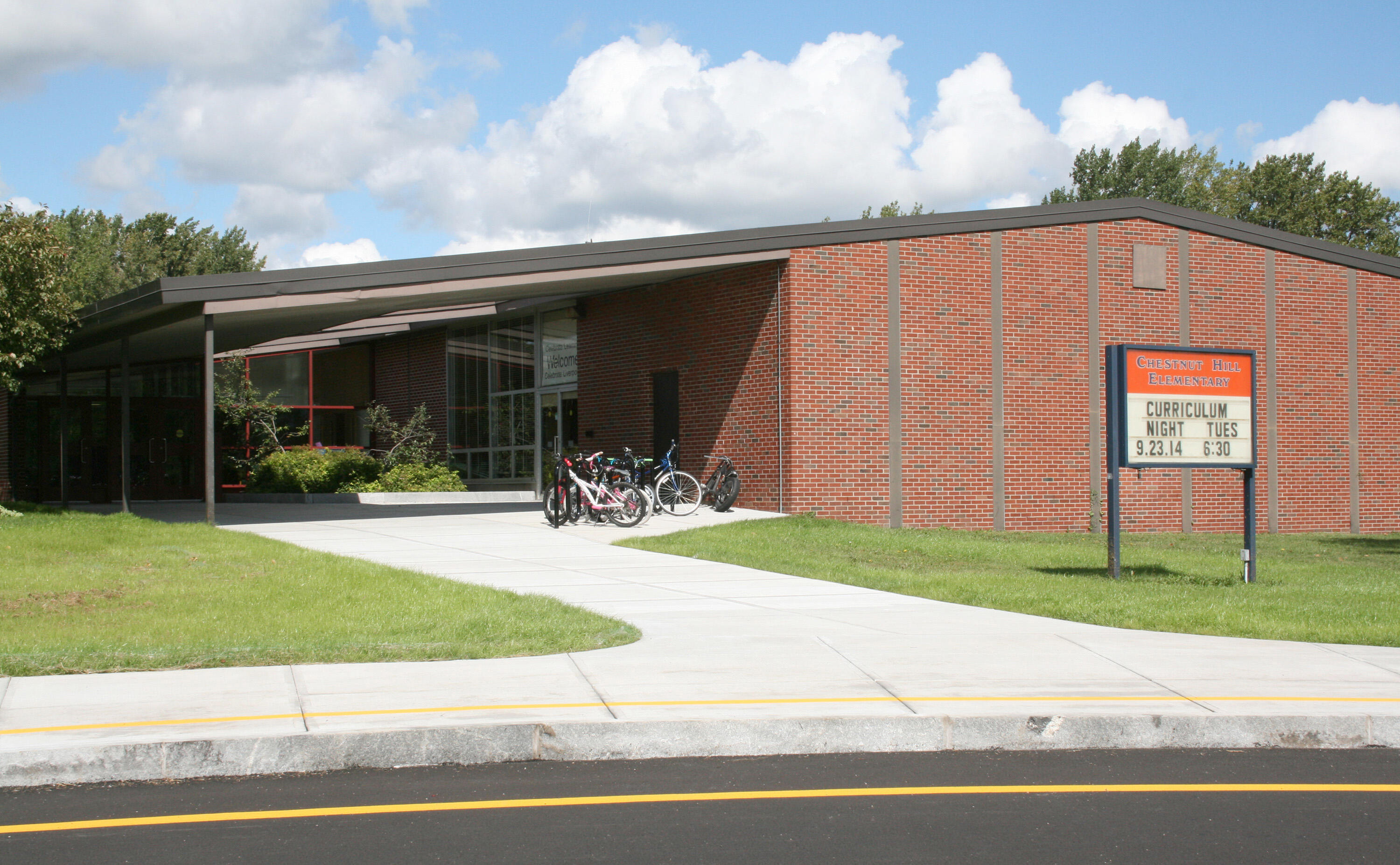


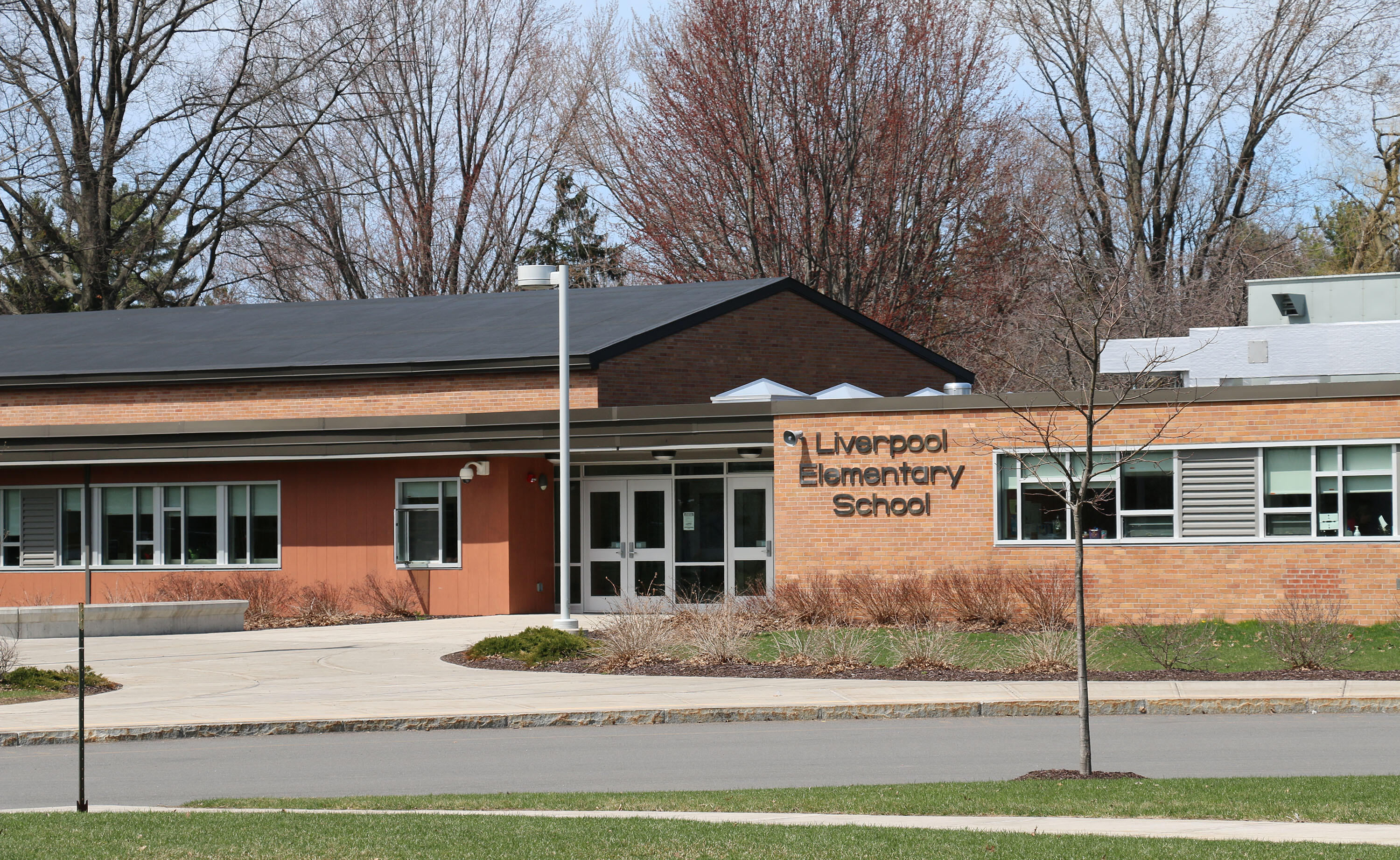
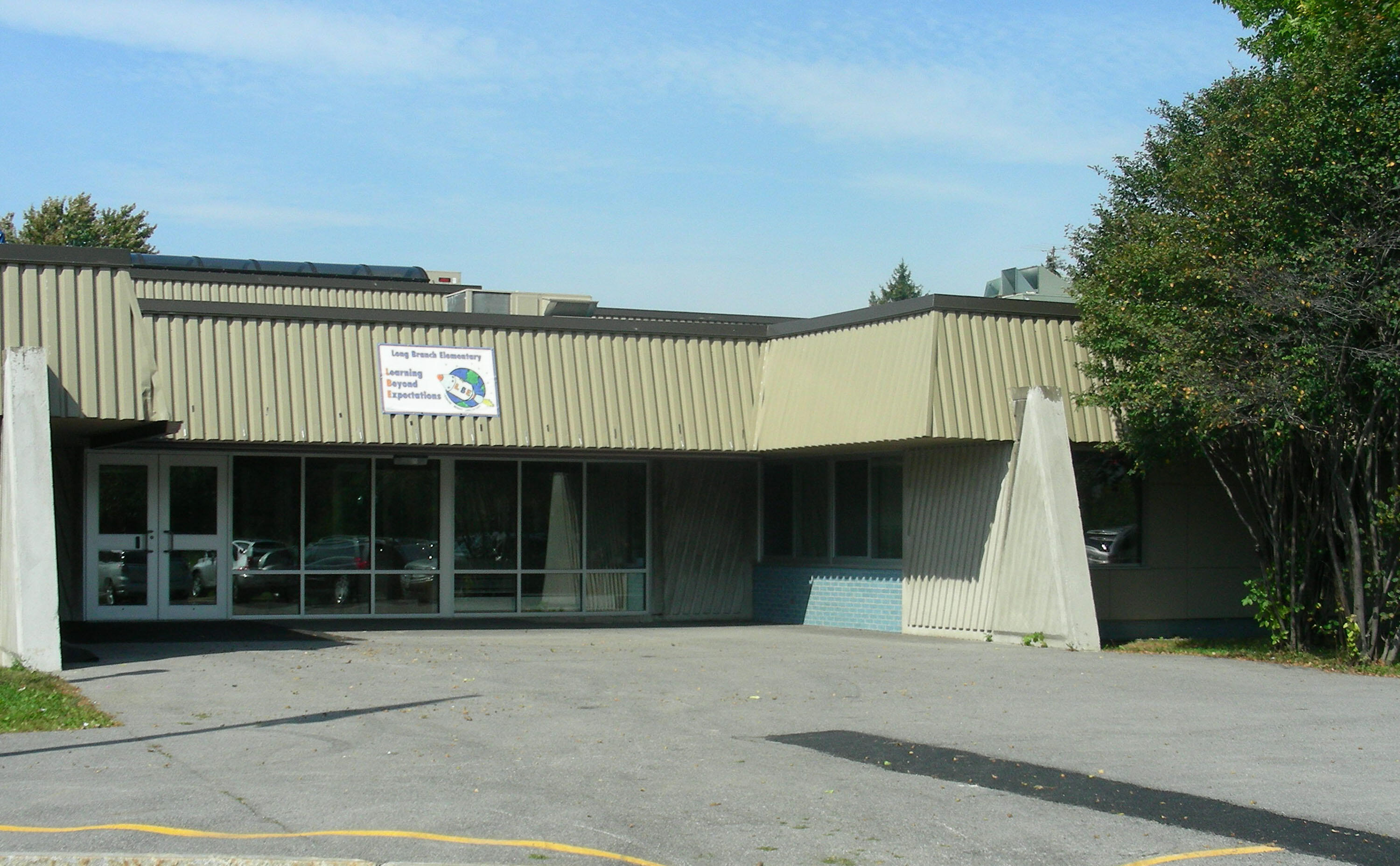



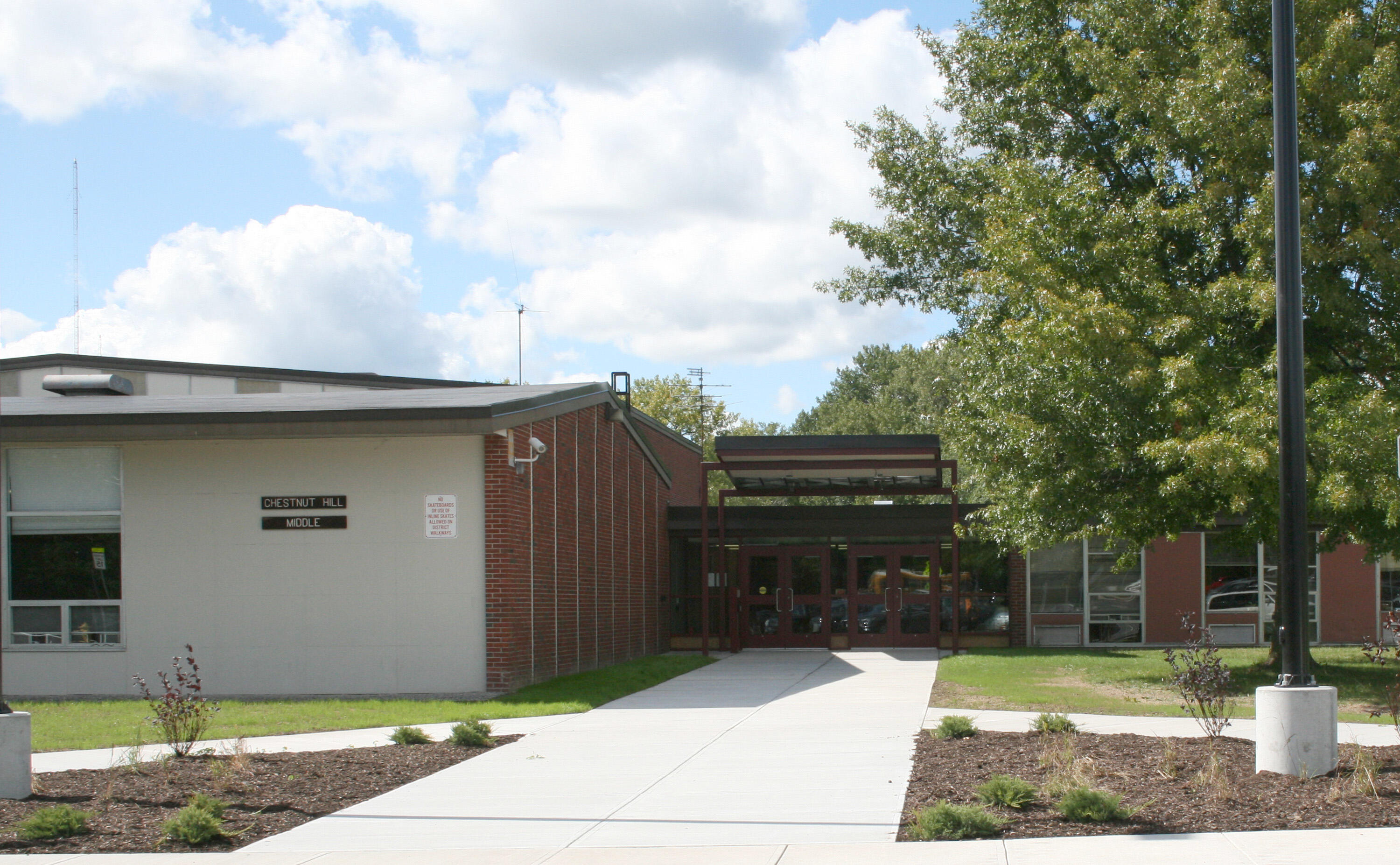
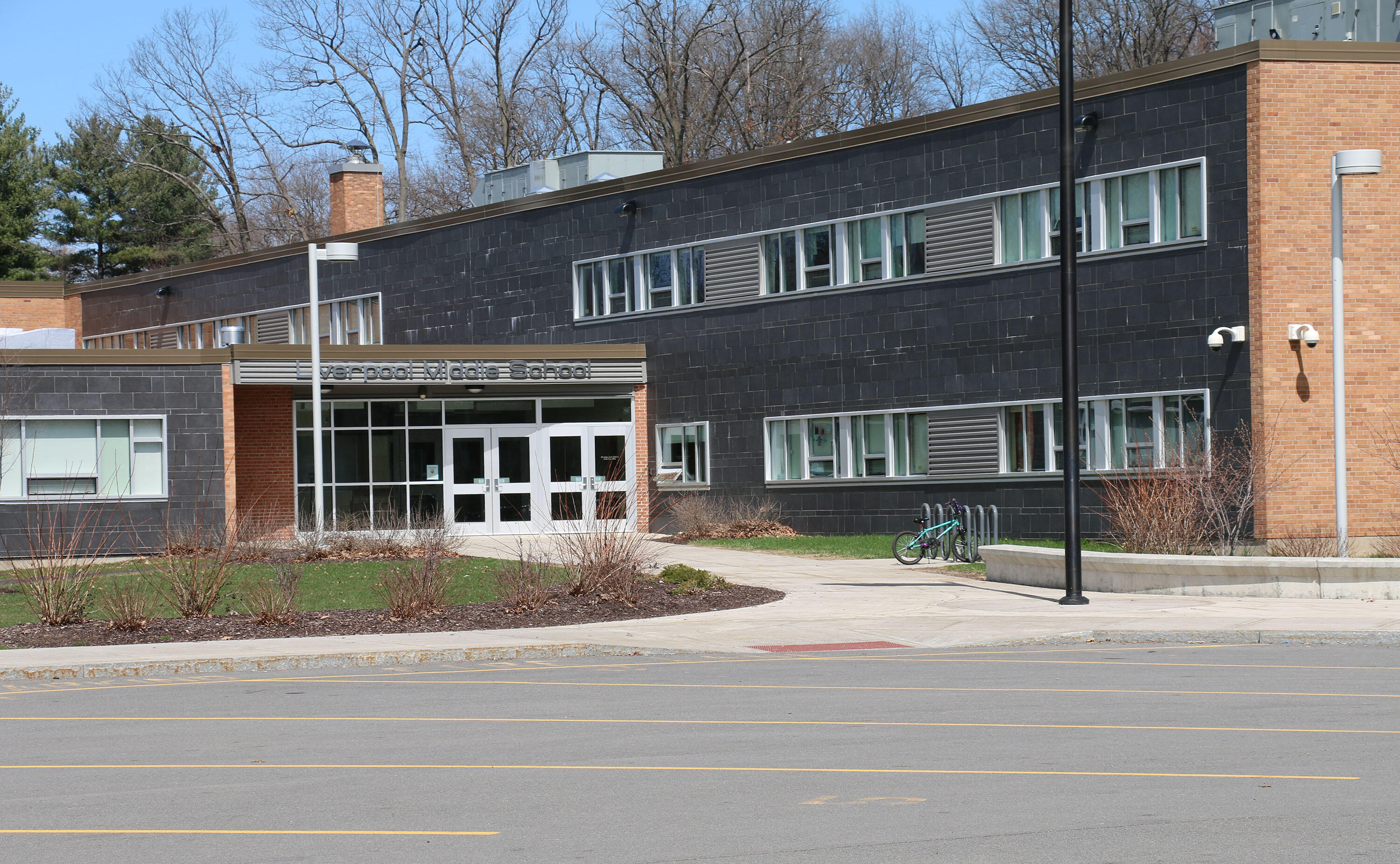

/Soule%20Road%20Middle.jpeg?mask=1)
